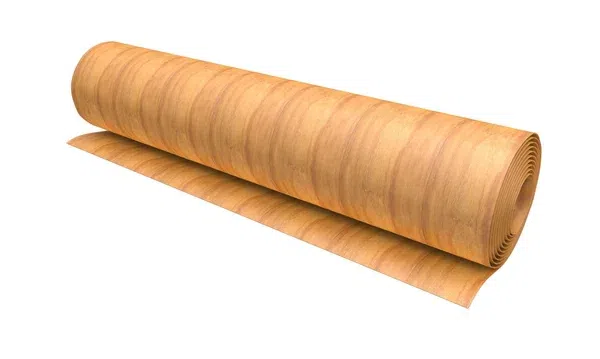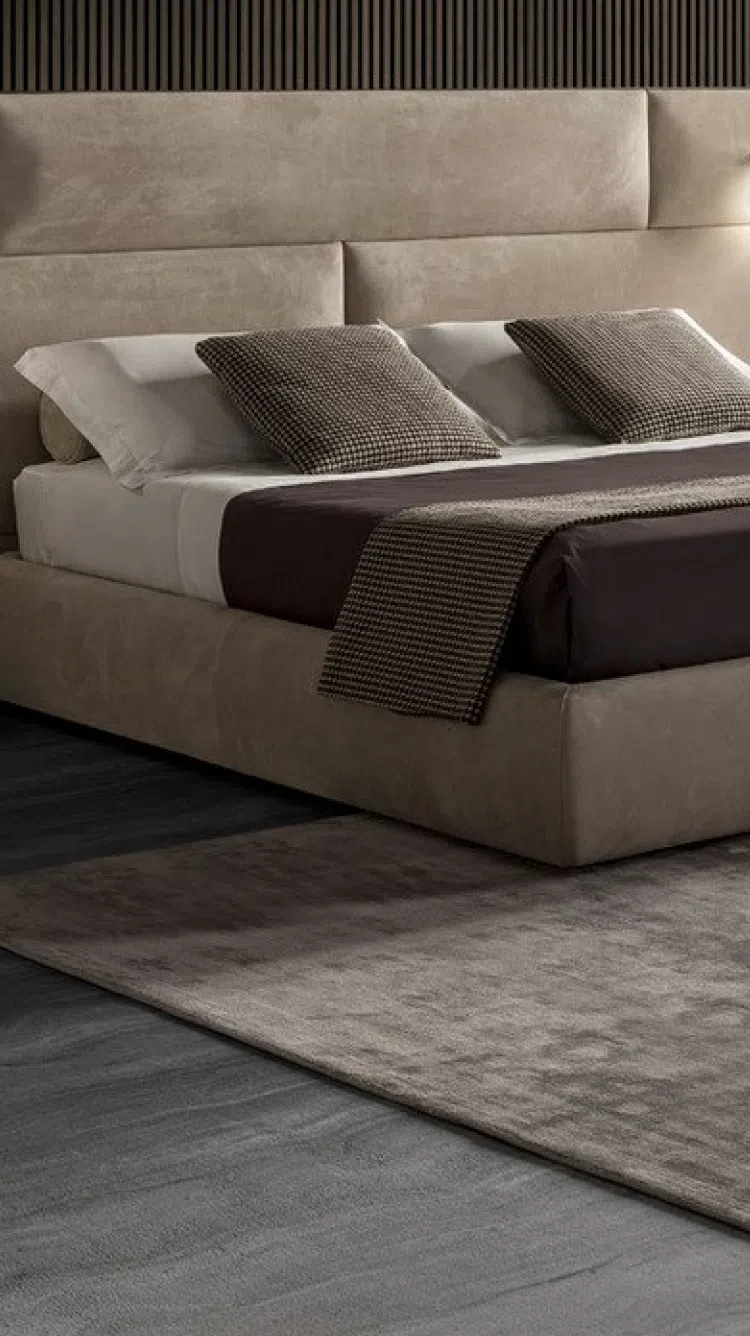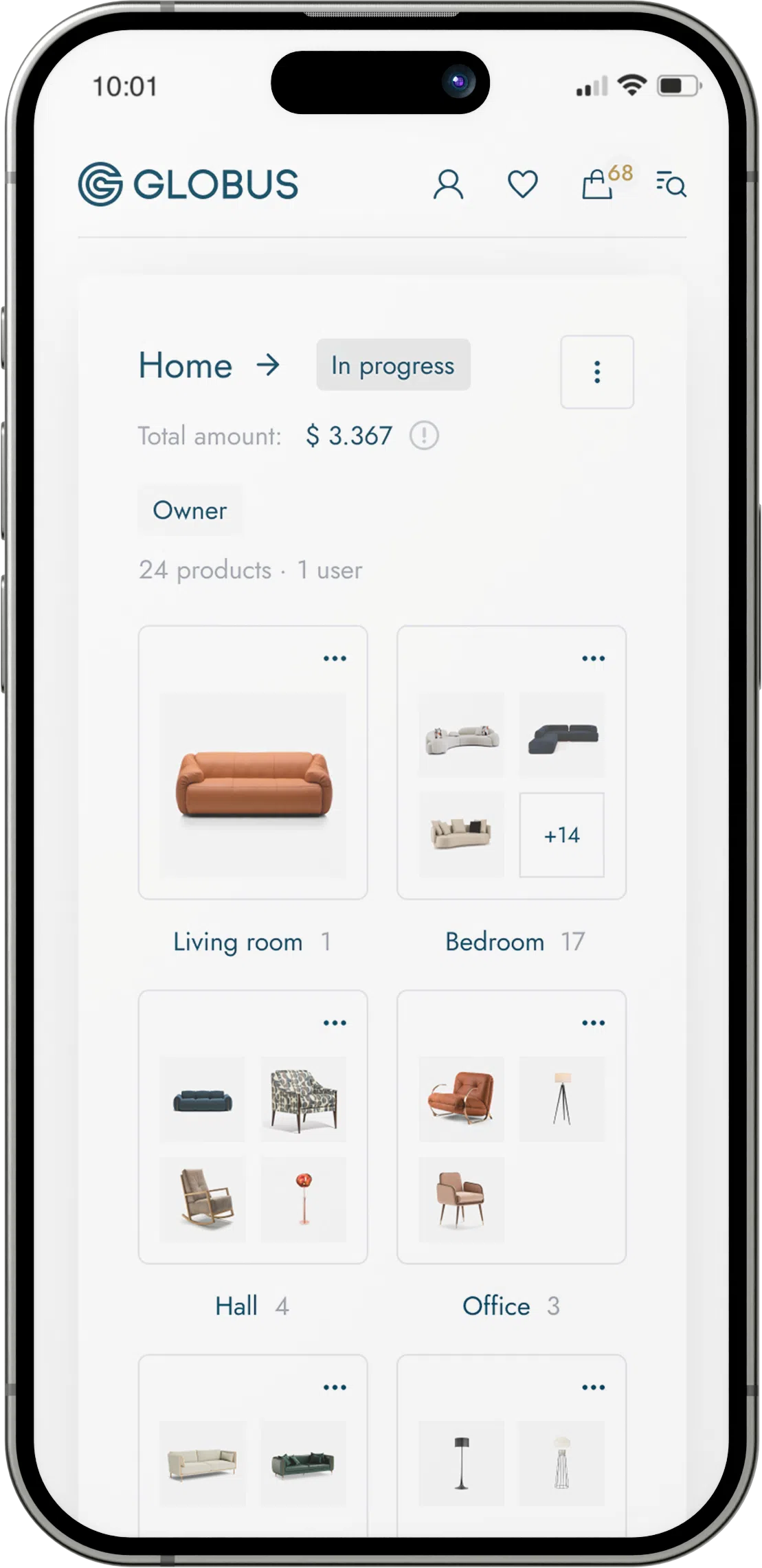
Reconstituted veneer, also known as engineered veneer, composite veneer, or man-made veneer, is a type of material used in furniture making and interior design to provide a wood-like appearance on surfaces. Unlike traditional veneers which are sliced directly from hardwood logs, reconstituted veneers are manufactured through a process that reconstructs wood to form sheets with consistent grain patterns and colors.
Here is how reconstituted veneer material is created and its properties:
Source Material:Reconstituted veneer is made from fast-growing tropical species or plantation woods, which are more ecologically sustainable compared to slow-growing hardwoods. The original wood material is often of lower quality and may not be attractive or even in its natural form, but it serves as a suitable base for reconstituting.
Processing:
The wood is first rotary cut or sliced into very thin sheets. These sheets are then dyed to achieve the desired color. The dyed sheets can be layered and glued together in a manner that allows the grain patterns to be manipulated, creating uniform and repetitive designs that would be hard to find in natural veneers. The wood is then processed under heat and pressure, which bonds the layers into a solid block.
Re-slicing:After the dyed and glued wood has been fused into a block, it is again sliced into thin veneers that can be applied to various substrates, like particleboard, MDF (medium-density fiberboard), or plywood, providing the look of real wood on furniture and paneling.
Consistency and Variety:
Since the wood can be dyed and stacked in controlled ways before being reconstituted, manufacturers can produce veneers with a wide range of consistent grains and colors that are not affected by the natural variations found in wood. This allows for designs that are almost impossible to achieve with natural veneers, such as highly uniform patterns or exotic and rare wood appearances.
- Advantages:
- Sustainability: The use of fast-growing, renewable sources reduces the impact on forests.
- Consistency: The appearance is uniform, which is beneficial for large-scale production and ensures that different pieces of furniture match.
- Cost-Effectiveness: It is generally more affordable than natural wood veneer, especially for rare and exotic wood appearances.
- Design Flexibility: Designers can create unique and desired patterns that can be replicated easily.
- Disadvantages:
- Authenticity: For some, reconstituted veneers lack the unique character and depth found in real wood veneers.
- Repair and Maintenance: Recon veneers may not be as easy to repair as natural wood because the surface can't be sanded and refinished multiple times.
- Perception: There may be a perception of lower quality or artificiality compared to traditional wood products.
Reconstituted veneer materials are widely used in interior design applications, from furniture to cabinetry and architectural paneling, offering an eco-friendly and cost-effective alternative to natural woods while providing a wide array of design possibilities.


